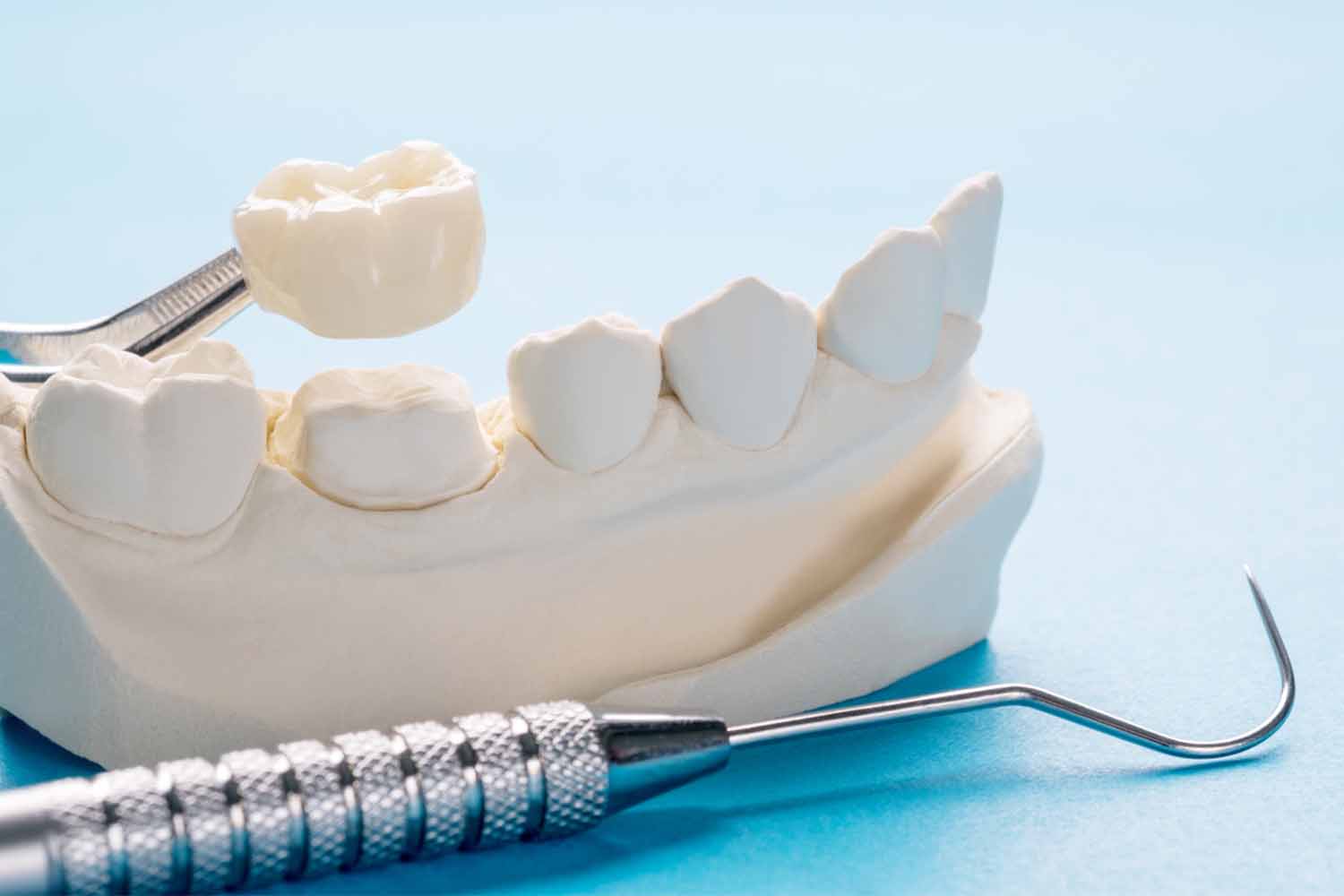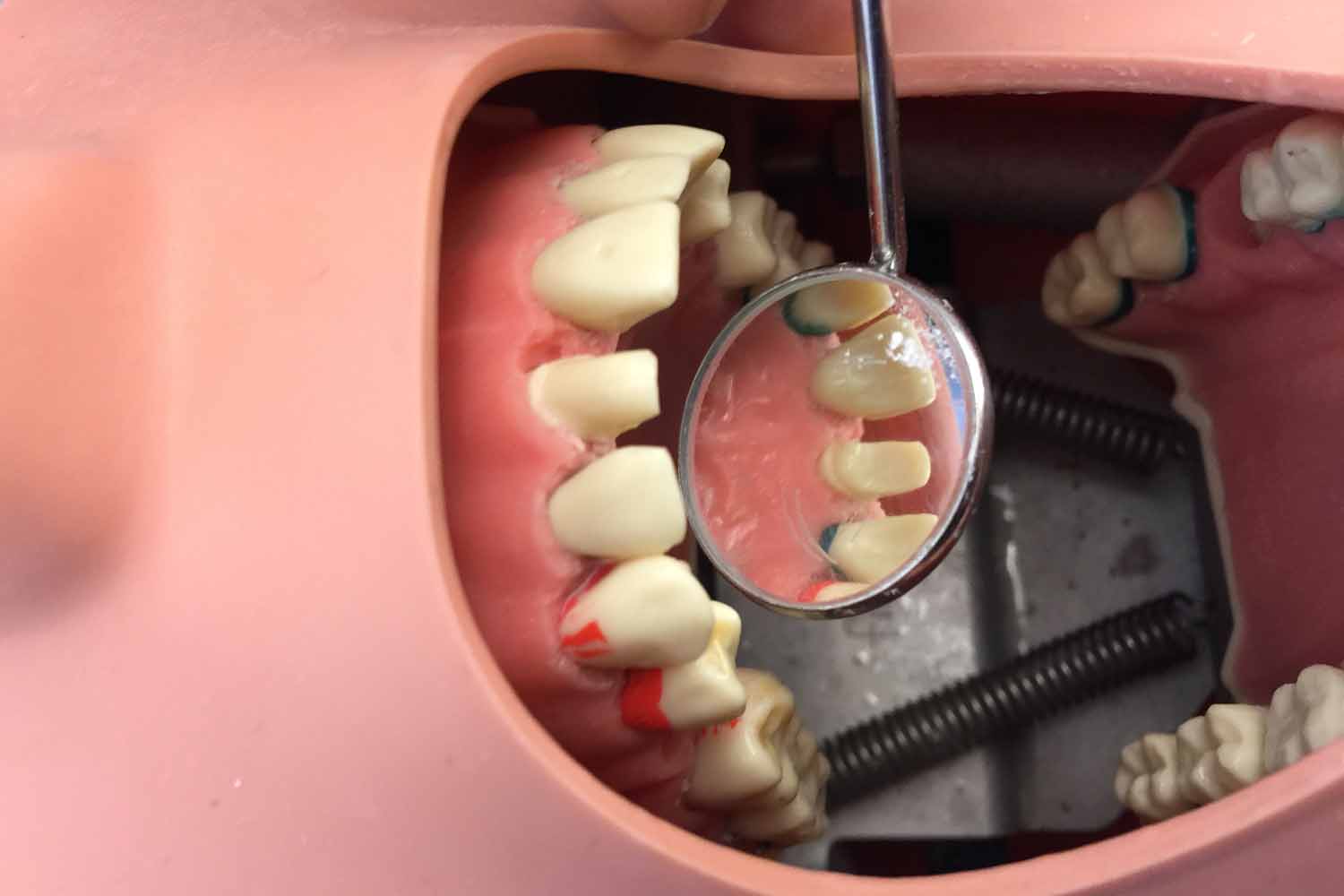RADIANCE DENTAL CARE
PROSTHODONTICS
Specialists
Gallery
Crowns and Bridges (Prosthodontics)
Prosthodontics is a branch of dentistry that focuses on the diagnosis, treatment planning, rehabilitation, and maintenance of oral function, comfort, appearance, and health through the use of prosthetic devices. Prosthodontists are specialized dentists who have received additional training beyond dental school in the restoration and replacement of teeth and other oral structures.
The field of prosthodontics encompasses a wide range of procedures and treatments, including:
- Crowns and bridges: A crown is a prosthetic device that covers a damaged or decayed tooth, while a bridge is used to replace one or more missing teeth by anchoring a prosthetic tooth to adjacent healthy teeth.
- Dentures and partial dentures: These prosthetic devices are used to replace multiple missing teeth and can be either removable or fixed.
- Implant-supported restorations: Dental implants are small, titanium screws that are surgically inserted into the jawbone to serve as artificial tooth roots. They can be used to support a variety of restorations, including crowns, bridges, and dentures.
- Maxillofacial prosthetics: This branch of prosthodontics focuses on the restoration of oral and facial structures that have been damaged or lost due to disease, trauma, or congenital defects. Examples include facial prostheses, ocular prostheses, and obturators.
- Esthetic dentistry: Prosthodontists are also trained to improve the appearance of a patient's teeth and smile through various cosmetic treatments, such as veneers, bonding, and teeth whitening.
The process of prosthodontic treatment typically involves several steps, including:
- Evaluation and diagnosis: The prosthodontist will conduct a thorough examination of the patient's teeth and oral structures, and may use imaging technology such as X-rays or CT scans to aid in diagnosis.
- Treatment planning: Based on the evaluation, the prosthodontist will create a customized treatment plan for the patient that addresses their specific needs and goals.
- Preparation: If prosthetic devices such as crowns or dentures are needed, the prosthodontist will prepare the teeth and/or gums to receive them.
- Fabrication and placement: Prosthetic devices are typically fabricated in a dental laboratory and then placed in the patient's mouth by the prosthodontist.
- Follow-up and maintenance: Patients will need to return for regular check-ups and maintenance to ensure that their prosthetic devices are functioning properly and to address any issues that may arise.
Overall, prosthodontics plays a vital role in restoring oral function, comfort, appearance, and health for patients who have experienced tooth loss, damage, or congenital defects. By utilizing a variety of prosthetic devices and treatment techniques, prosthodontists can help patients achieve a comfortable, functional, and aesthetically pleasing smile.
Contact Us




